

How good is the Hoppstar Artist? A hands-on test of the instant camera for kids
A children’s camera that prints photos instantly in black-and-white, with nostalgic retro charm and even as stickers. Why the Hoppstar Artist delights – and which detail turns into a test of patience.
I’m a big Polaroid fan, partly for nostalgic reasons – but also because I love the idea of taking a photo and holding it in my hand moments later. When I was asked to test the Hoppstar Artist instant camera, my curiosity was piqued straight away. This is a camera designed for children that prints photos instantly – on typical photo paper or sticker sheets. My nine-year-old son, a junior photographer in his own right, joined me for the test.

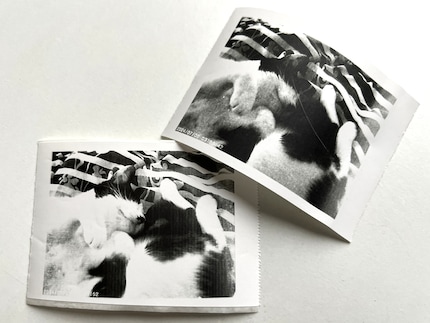
Haptics and first impressions
The camera looks cute and age-appropriate, sits lightly in a child’s hand, feels solid and makes you want to get started immediately. It features both a front and selfie camera, including video recording. It’s recommended from age five, though thanks to its simple interface and large buttons even younger children could start snapping away. Parents may need to lend a hand when changing the paper roll or transferring images. And, above all, tearing off the prints without ripping them can prove tricky for small hands.
Despite the childish design, my nine-year-old still thinks it’s cool. He grabs it and, with a bit of trial and error, intuitively finds the right buttons for his first shots.
A good thing, because the manual is the embodiment of peak minimalism – it’s no help at all for anything that isn’t already self-explanatory. Basic operation still works fine, though later we’ll end up gnashing our teeth over how to get the advertised photo filters to work.
Instant printing is the highlight
The camera comes with two rolls of thermal paper and one self-adhesive roll for stickers – enough for around 225 images. We start with the standard thermal paper; a single roll lasts about 70–75 photos. We burn through it faster than expected – instant printing is just so addictive!
Click, photo taken – and the built-in printer whirs into action instantly. In just three seconds, the roughly 5 × 8 cm black-and-white photo is out. No waiting for development, which suits our impatience perfectly. «Another one!» my co-tester shouts – and he means it. The black-and-white prints at 200 dpi look surprisingly aesthetic. The resolution, however, is closer to early black-and-white photography.
The beep that sounds with every shot does get annoying, but you can luckily switch it off in the menu. The Hoppstar Artist charges via USB (cable included), and the two OTG adapters (type-C and micro-USB) allow you to transfer data to different devices. The camera saves every photo, including those printed instantly.
Image quality strengths and weaknesses
In strong sunlight or bright spotlights, images tend to be overexposed – making details hard to recognise. In well-lit indoor settings, the Hoppstar Artist delivers reasonably good results. In low light, the image quality noticeably suffers: shots turn grainy and details blur. Faces are still recognisable up to around four metres, but fine details like individual strands of hair disappear quickly.
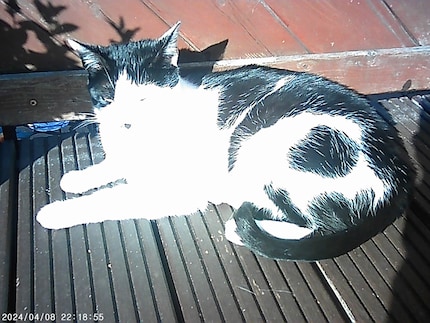

Practical tip: in tricky lighting conditions, you can adjust the print density in the menu, which can noticeably improve print quality.
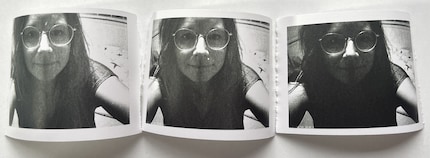
A technical adventure: frustration when installing filters
After the initial excitement came the first real challenge: installing the advertised photo filters and frames turned into a nerve-wracking ordeal. The theory sounds simple: download the filter file matching your batch number (found on the bottom of the camera), copy it to the SD card, restart the camera.
In practice, things look different: at first, the filter download doesn’t work at all. And when I finally get the filters onto the camera, the camera stops working. It freezes on the installation screen. The manual is of zero help, and the website sends us on a digital wild-goose chase. The website’s warning that downloading the wrong filter pack may break the camera isn’t exactly reassuring… After several more update attempts, the camera eventually returns to normal mode – but the filters remain absent. Exasperated, we give up. But we know we’ll try again soon.
My son is disappointed – I’m frustrated. This is where I’d have appreciated better usability and, above all, clearer instructions and website guidance. A few days later, with renewed hope, I give it another go. It works right off the bat! How is this possible? But I accept it with relief.

Printing costs and paper quality
Compared with classic Polaroid photography, prints from the Hoppstar Artist are far cheaper: the cost per image is around 4 cents. One paper roll lasts roughly 70 images; a pack of three refills (standard or self-adhesive) costs 10 francs (standard) or 13 francs (sticker) and is enough for around 220 photos. For comparison: a classic Polaroid photo costs roughly one euro or franc. And if black-and-white feels too boring, you can switch to coloured paper. Three rolls (yellow, blue, red) cost just under 14 francs.


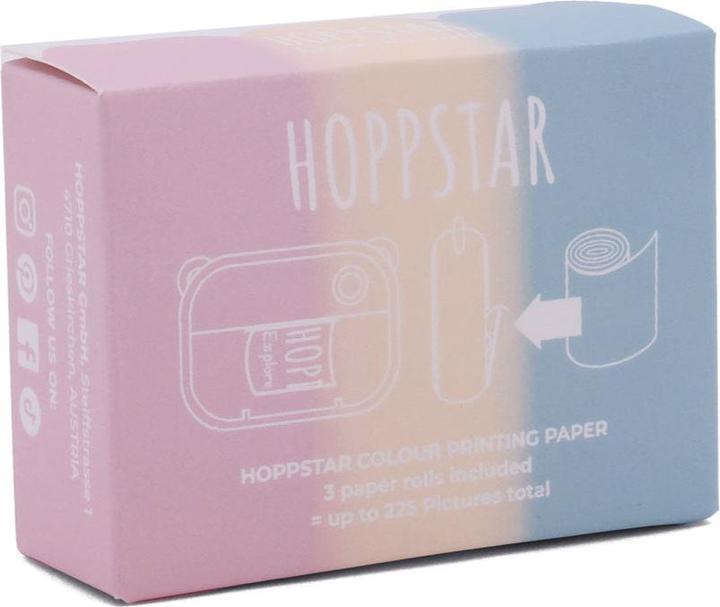
Hoppstar Coloured paper roll refill pack of 3 for Artist camera
The thermal paper is BPA/BPS-free and meets international safety standards. According to the manufacturer’s specifications for BPA-free thermal paper, prints last around five to seven years if stored properly (cool, dry and out of direct sunlight), and up to ten years under optimal conditions.
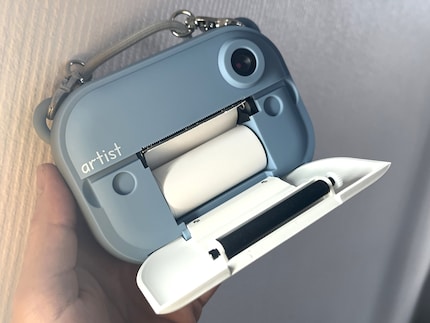
Our prints show no signs of fading after a few weeks. But be careful: thermal paper is sensitive to heat. Make sure your prints don’t accidentally end up on the radiator!
The stickers are a highlight
The option to print photos as stickers is the highlight for my co-tester (and for me). The homemade stickers adhere well to various surfaces: we tested them on paper, wood and plastic. They stick best onto smooth surfaces. But beware, the stickers leave behind a residue when removed. So it’s best to be sure the sticker belongs exactly where you’re about to place it.

Battery life and everyday usability
In everyday use, the Hoppstar Artist proves its robustness. In our test, the battery lasted for about 65 instant prints before needing a recharge – less than the theoretical 1,000 photos you should be able to take in save-only mode. Charging from empty to full takes roughly two and a half hours.
Compared with classic children’s cameras like the VTech Kidizoom, the Hoppstar Artist offers the decisive advantage of instant printing, but doesn’t include any on-board games. Compared with real Polaroid technology, thermal paper printing is far cheaper, but only delivers black-and-white images.
This puts the Hoppstar Artist in a niche: more expensive than pure toy cameras, but cheaper to operate than true instant cameras. For children who want to discover the joy of physical photos without blowing their parents’ budget, it’s an appealing option.
In a nutshell
Photography you can touch, with added sticker fun
Pro
- Low printing costs (approx. 4 cents per photo)
- Sticker printing as a standout feature
- Fast instant printing
- Front and selfie camera, plus video function
- High-quality, child-friendly feel
Contra
- Installing filters can cause issues
- Instructions manual and website could be more detailed
- Low image quality that fluctuates heavily depending on lighting conditions
Science editor and biologist. I love animals and am fascinated by plants, their abilities and everything you can do with them. That's why my favourite place is always the outdoors - somewhere in nature, preferably in my wild garden.



